What’s your earliest memory of stars (other than the most popular nursery rhyme ‘Twinkle, twinkle, little star’)? Do you remember wishing upon a star for a dream to come true? (Did it come true?)
While stars are huge glowing balls made mostly of gases like hydrogen and helium, they have been a source of fascination since the beginning of time. So if you’re into stargazing yourself, you might want to ignite your kids’ wonder at science and astronomy.
Taking your toddler out after dark to explore the night sky can be an educational activity and a wonderful way to spend some quality time with your toddler.
In this article, I’ll give you 13 fun star activities for toddlers to get them interested in stars.
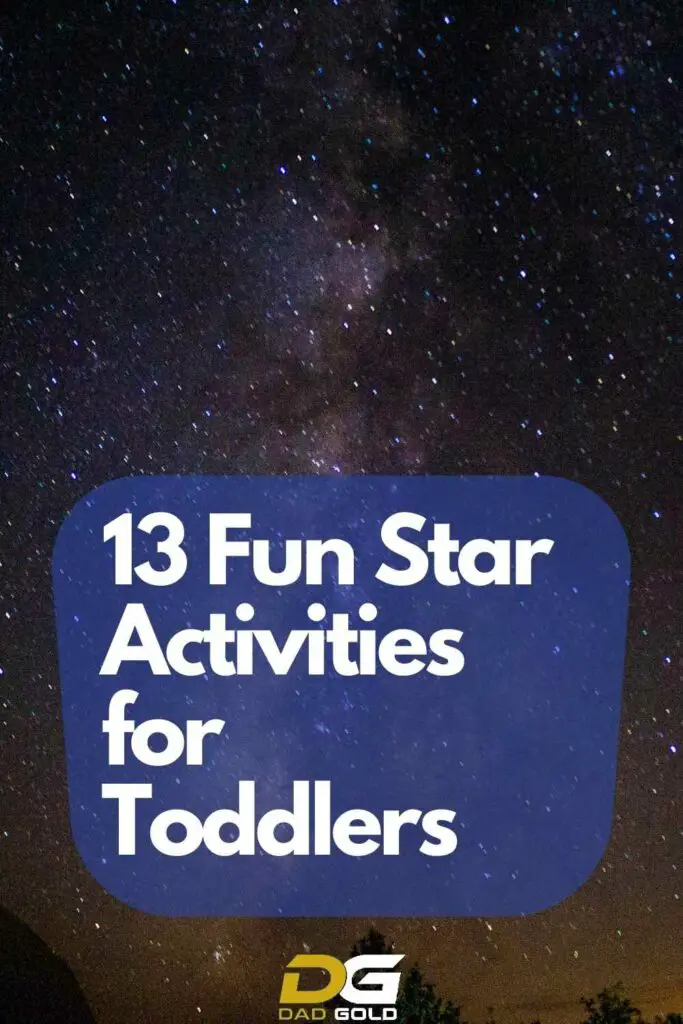
13 Exciting star activities for your toddler
Here are 13 fun night sky activities for your toddler to enjoy and learn about stars. Let’s get to it, shall we?
Planetarium visit
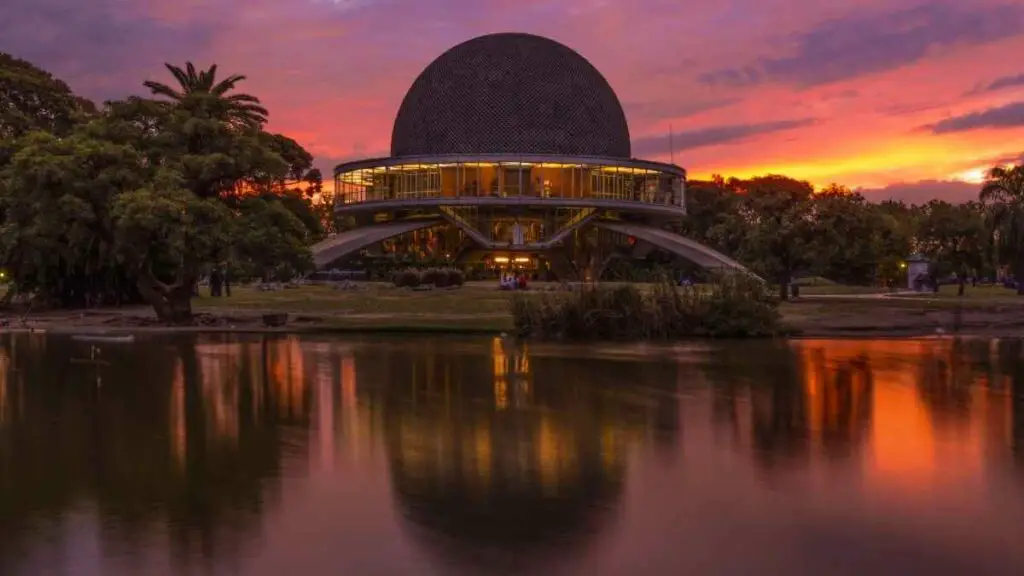
Taking your toddler to the planetarium is a great way to help your kid become interested in the night sky, space, and constellations. Some planetariums have shows specifically for young children like your toddler.
Some programs even include a live tour of the night sky that will allow your toddler to see what the night sky looks like. Looking at the planetarium’s dome-shaped ceiling, your kids can learn about celestial objects like stars, constellations, planets, meteors, and comets.
They can even get a closer view of the stars through a telescope.
-

Bold Male Pride – Baseball Trucker Cap Celebrating Masculinity
£18.00 Select options This product has multiple variants. The options may be chosen on the product page -

Dad Bod Appreciation Gift Mug
£14.00 Add to cart -

Dad Bod, Bad Jokes Structured Baseball Cap
£22.00 Select options This product has multiple variants. The options may be chosen on the product page
Stargaze in the Backyard
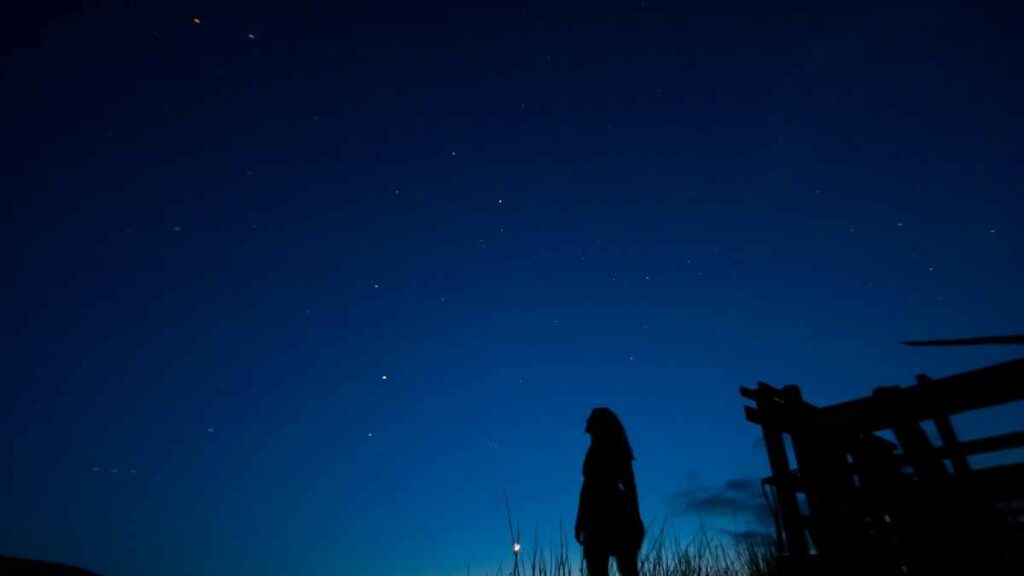
The best season for stargazing is winter, as the cold winter air holds less moisture than warm summer air. So the night sky seems clearer. Also, the long winter nights leave you plenty of time for stargazing with your kids before bedtime.
After dark, go out in the backyard and find a cozy spot to lie down (instead of standing to avoid hearing things like, ‘my neck hurts’). Give their eyes some time to adjust to the darkness and ask them if they can see anything yet.
They might get a little impatient as stargazing involves a lot of time staying still. So use that time to explain how to distinguish stars from planets(stars emit bright light and planets don’t). So don’t forget to praise them once they can spot a constellation.
Make a portable planetarium.
What if you live in a major city and light pollution makes it hard to see stars at night? Or maybe it’s cloudy where you live, which makes stargazing quite tricky. Lucky for you, there are other ways to turn your toddler into an amateur astronomer.
Why don’t you turn the darkest room in your house into a mini planetarium? It would only require a
- 5-10 minutes of prep time,
- a flashlight,
- Black foam sheet roll/ black paper board
- Scissors/ precision craft knifes
- ice pick, hole punchers, or thick needles to poke holes
(This should be done only under parental/adult supervision.)
Cut circles in the black foam or thick paperboard to cover the flashlight lens fully. There are 88 constellations on the IAU website. Choose a few from them and cut one circle for each constellation you’d like to create.
Using a needle/ hole puncher, poke holes in each circle according to the star’s position in each constellation. You need to make sure to punch the holes all the way through so that there’s no residue blocking part of the holes.
You’re all set for the show now. Turn off the lights to make the room dark and turn on the flashlight. Place one circle after another directly on the flashlight lens to project the constellations onto the ceiling or walls.
Decorate Their Room with Stars
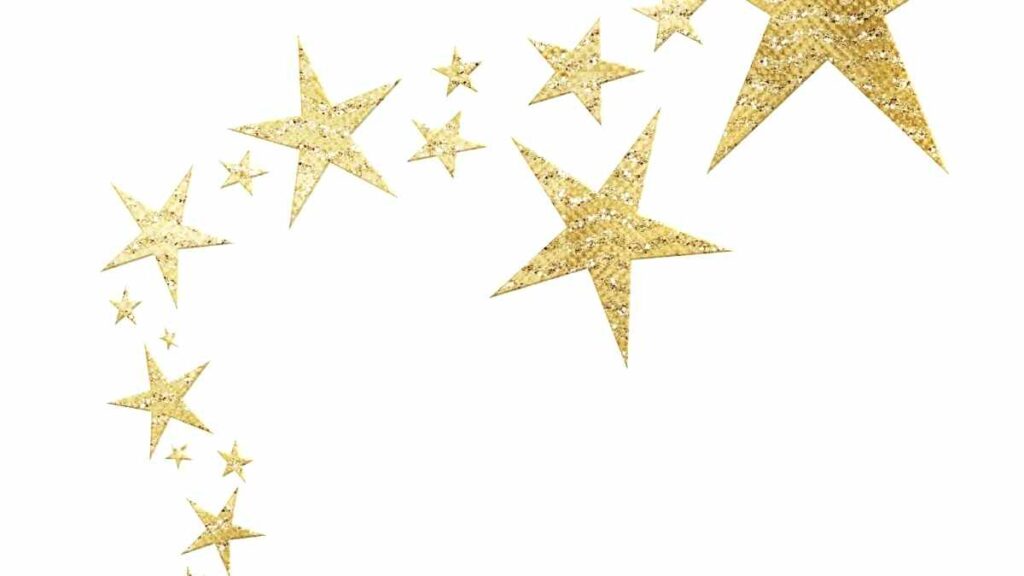
You can spark up your little one’s bedroom decor by painting a night sky ceiling and hanging different shaped stars from the ceiling. There are lots of printable star templates available on the internet.
Pick the ones you like and print them to hang from the ceiling or stick onto your toddler’s room walls. Involve your kid by letting them color the stars once you’re done cutting out the star shapes.
Try Mirror-painting
Mirror painting can be a fun sensory activity for your toddlers. For example, you can use gold/silver glitter paint and add glitter to the regular blue paint to get the starry night sky look. Mix the colors and see how nicely they swirl together.
If you have a spare mirror, let your toddler finger paint on it. Once they’re done experimenting with the colors and covering the mirror with paint, tell them how the mirror looks like the starry night sky they’ve seen the other night.
The mirror now can also be used for some fun mark-making activities. For example, let your toddlers get creative and use clean fingers to write or draw patterns on the painted mirror.
Make Star-shaped Playdough
Making playdough stars is an excellent way for your toddler to develop fine motor skills and vocabulary while learning more about stars. You can buy sparkly galaxy playdough or make your own with materials you already have.
Use star cookie cutters to cut out stars and add a touch of sparkle with glitters and confetti stars.
Make Star-shaped fruit pops/Snacks.
Star-shaped cookie cutters can help you make snack time more exciting and fun for your toddlers and preschoolers. Use your cookie cutters to cut different-sized star shapes out of fruits like watermelon or pineapple to make fruit popsicles.
You can also let your toddler play with their favorite cookie dough to cut stars and make star-shaped cookies. For example, cutting star shapes out of cheese slices and bread might get your kids to eat more without complaining about the food.
Read Books to Your Toddler

There are many children’s books on stars and constellations that you can read to your toddler to get them interested in stars. Pick a book that presents everything in a simple and fun way for your kids to understand.
You can start by explaining what a star is and talk about a few famous constellations. For example, if your toddler finds constellations interesting, go deeper and start explaining why stars in the night sky change with seasons.
Introduce Them to Star Rhymes and Songs
Exposing your kids to nursery rhymes or songs is a great way to help them with speech and language development. Your toddler will learn lots of star-related words and start to sing by age 2 to 3 if you regularly say rhymes and sing songs about stars.
You can start with songs like ‘Twinkle, Twinkle, Little Star’ or ‘Star light, star bright.’
Create a Starry Ceiling
Get a pack of glow-in-the-dark star wall stickers for the ceiling. You can also hang paper stars and small blue and white Christmas lights. Before putting your kids to bed, turn off the lights and lie down with them to enjoy the starry ceiling you created.
Try Some Sparkly Star Crafts Ideas
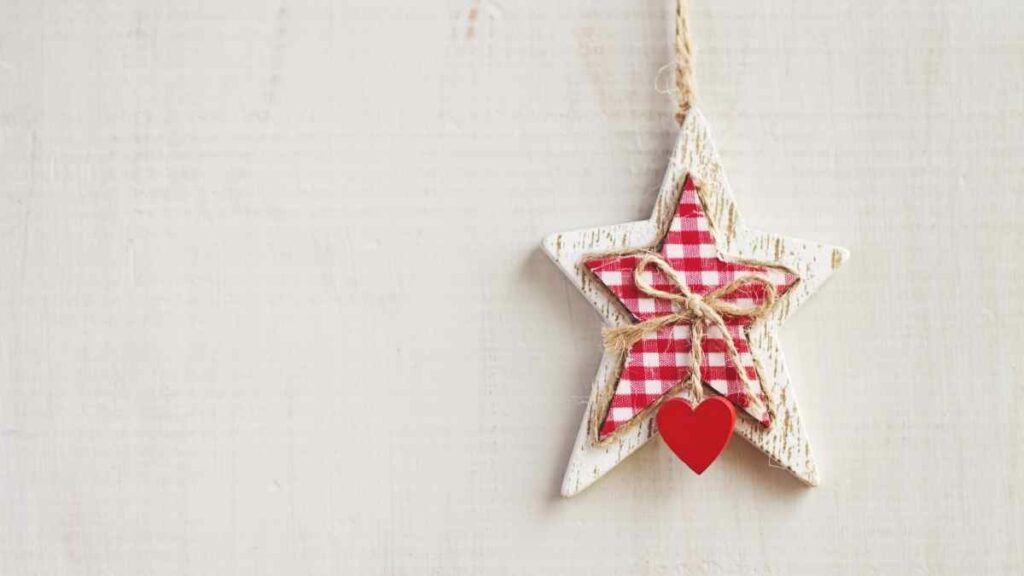
Letting your kids make a DIY holiday card adds a sweet and fresh touch to your holiday greetings. You can let them draw a Christmas tree or draw one yourself. Then tell them to decorate the tree with gold foil star cutouts or star stickers.
They might struggle to remove the backing paper from stickers. Help them by peeling the backing paper away, and the stickers are now ready to use. You can also let them help you decorate the Christmas tree with star ornaments.
Let Them Make Their Constellations
You can show them a few pictures of major constellations to give them an idea first. Then let them put several star stickers on black paper; however, they’d like to make their own constellations. Once they’re done arranging all the stars, give them a white crayon to join them.
There you have a brand new constellation designed by your toddler. Encourage them to get creative and name it whatever they want.
Hand Out Star Stickers as Rewards
Positive consequences like rewarding good behavior can motivate your toddler and reinforce positive behavior. For example, you can hand out star stickers right after the good behavior you want to encourage.
Set up a reward system. For example, once they collect 5 or 10 silver star stickers, you can give them a short-term reward like a new toy or something they’ve been asking for a long time. The more stars they can collect, the bigger reward they can get.
Conclusion
Stargazing in your backyard or taking your kids to the nearest planetarium can be a good place to start when you want to teach kids about stars and outer space. Getting a good star chart and a simple telescope can help get them into astronomy.
Don’t expect your toddler to fall in love with stars right away. Instead, give them time, try out these fun activities to spark their interest, and most importantly, don’t forget to have fun.
Good luck!

